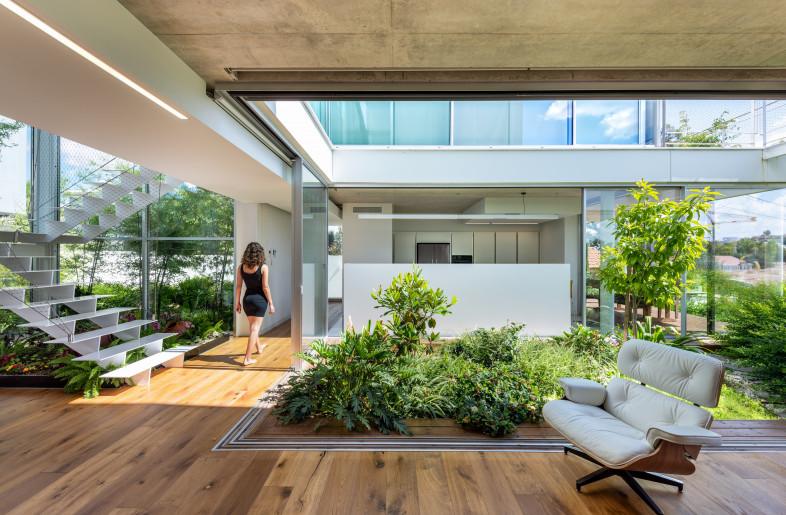Restoring a historic building is a deeply rewarding yet uniquely challenging endeavor. It’s an act of stewardship, connecting us with the past while ensuring a structure’s viability for the future. Unlike standard renovation, historic building restoration requires a specialized approach that prioritizes the preservation of original materials, architectural design, and historical significance.
Here is what you need to know before embarking on a historic building restoration project.
1. Understanding Historical Significance and Legal Requirements
The first, and most crucial, step is understanding the building itself and its standing within the community.
- Determine Historic Status: Research whether the building is officially listed on national, state, or local historic registers. This designation immediately imposes specific preservation standards and restrictions on the work you can perform.
- Check Local Preservation Ordinances: Many cities and towns have local historic preservation boards or commissions. Any exterior changes, and sometimes interior ones, may require prior approval (a “Certificate of Appropriateness”) from these bodies. Failing to obtain permission can result in fines or demands to reverse unauthorized work.
- Define the Treatment: Historic preservation professionals typically define four approaches:
- Preservation: Focuses on maintenance and repair to sustain the existing form and materials.
- Rehabilitation: Allows for alterations and additions for new uses while retaining significant historical features. This is the most common approach.
- Restoration: Depicts the building as it appeared at a specific, significant period by removing later, non-conforming features.
- Reconstruction: Recreates a vanished or severely deteriorated building feature with new materials.
2. Comprehensive Assessment and Documentation
Before a single hammer swings, extensive groundwork is essential to guide the project.
- Historical Research: Dig into archival records, old photographs, blueprints, and local histories to understand the building’s original appearance, construction methods, and modifications over time. This documentation provides the evidence needed for authentic restoration.
- Condition Assessment: Hire specialists—a historic preservation architect and a structural engineer—to conduct a thorough, non-invasive inspection. They will identify structural issues, material deterioration, and the root causes of damage (e.g., water infiltration).
- Prioritize Repair Over Replacement: A core principle of preservation is to retain as much original fabric as possible. Repairing original components (e.g., patching wood, consolidating masonry) is almost always preferred over wholesale replacement.
3. Materials and Craftsmanship
Historic buildings were constructed using materials and techniques that often differ significantly from modern ones.
- Material Compatibility: Modern materials can be detrimental to older structures. For example, using hard, modern Portland cement mortar on soft, historic brick or stone can cause the historic material to crack and spall due to differences in porosity and flexibility. You must use compatible, soft mortars like lime-based mixes.
- Source Authentic or Matching Materials: When replacement is unavoidable, materials should match the original in composition, texture, color, and size. This may involve seeking out salvaged materials or custom-ordering components like historic window glass or specific wood profiles.
- Skilled Labor: Historic restoration requires artisans and contractors with experience in traditional trades—masonry, plasterwork, millwork, and traditional painting. Their expertise ensures that repairs and replacements are executed with historical accuracy and proper technique.
4. Navigating Modern Requirements
Historic buildings must often comply with modern safety, accessibility, and utility standards, which can conflict with preservation goals.
- Building Codes: Modern building codes (fire safety, structural stability) must be addressed. However, many codes offer alternative compliance methods for historic properties that allow you to meet safety goals without destroying historic fabric.
- Accessibility (ADA): Making historic structures accessible can be challenging. Creative, often reversible solutions are preferred, such as installing concealed ramps or compact, hidden elevators, to avoid altering main entrances or significant interior spaces.
- HVAC and Utilities: Integrating modern heating, ventilation, air conditioning (HVAC), electrical, and plumbing systems is necessary. The systems should be minimally invasive and carefully concealed within walls, floors, or ceilings to preserve the aesthetic and structural integrity of the historic interiors. Improving energy efficiency often involves weatherizing and insulating without visible changes to the exterior.
Historic building restoration is not just a construction project; it’s a careful act of historical conservation. Success depends on a combination of meticulous research, specialized expertise, and a commitment to authenticity and preservation standards. By adhering to these guidelines, you ensure the structure’s history endures for future generations.



